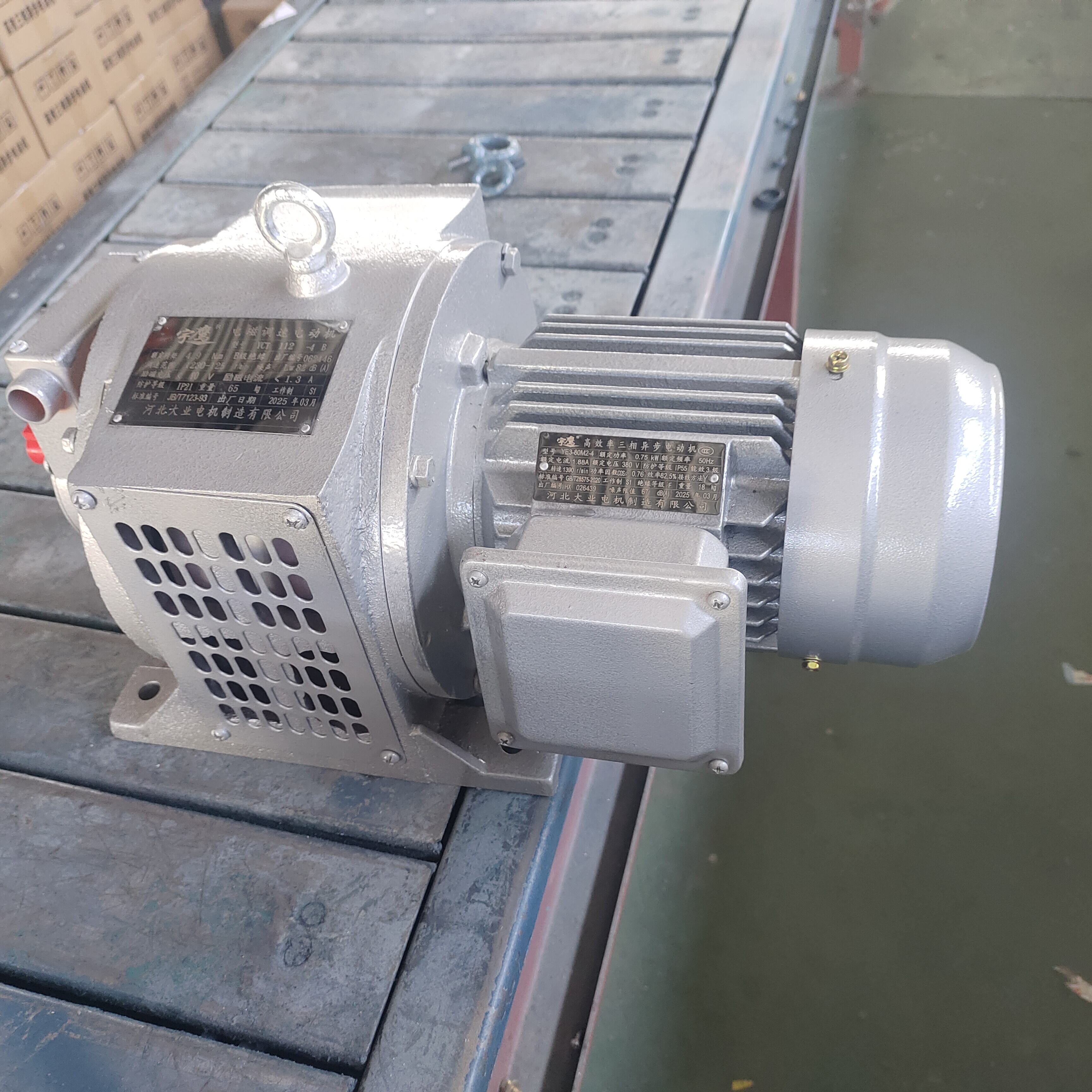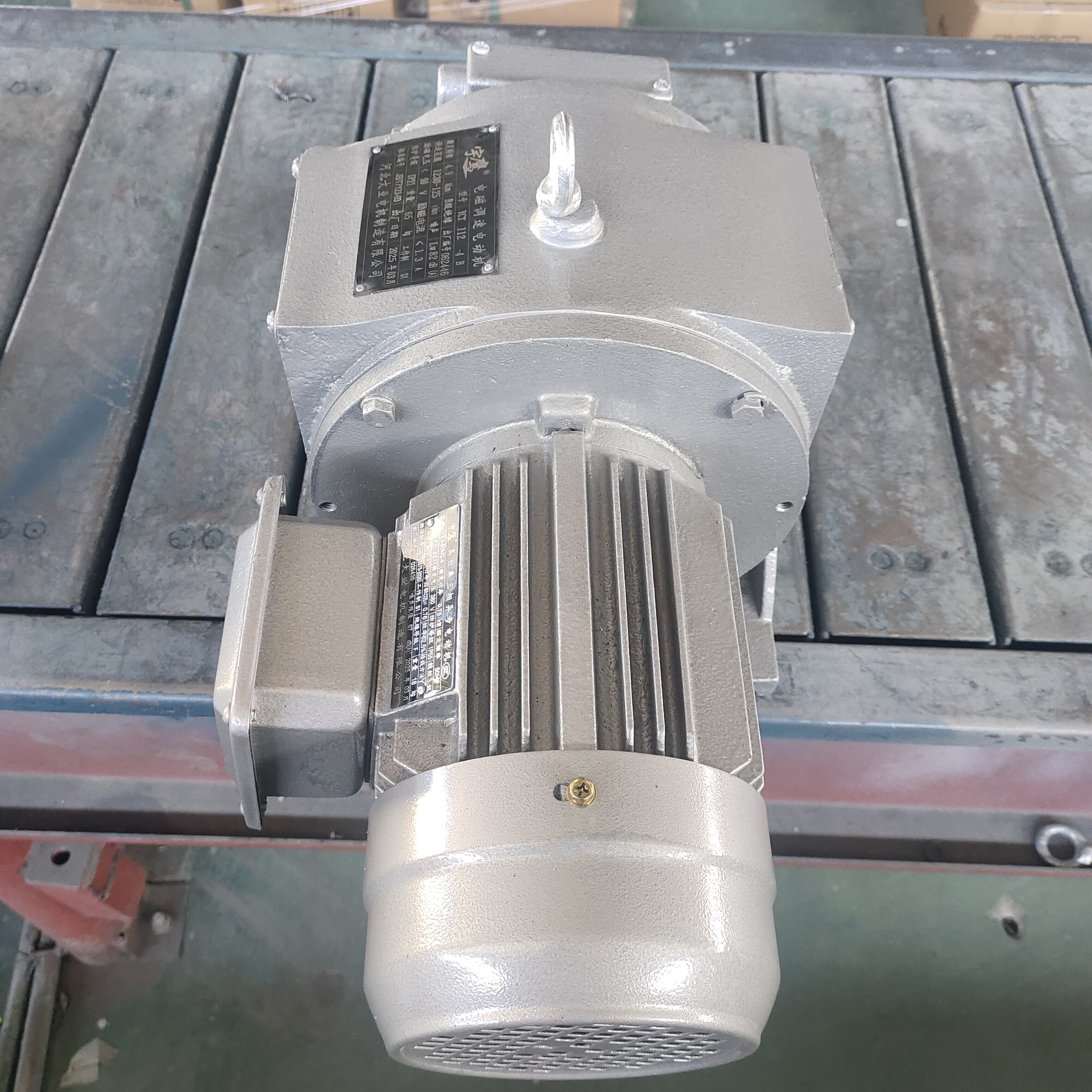Safe Motor Cleaning Techniques and Schedule
Keeping industrial motors running at peak performance requires setting up a proper cleaning routine tied to how many hours these machines actually run each day. Most facilities find that sticking to such schedules keeps everything humming along smoothly while extending the life of those expensive motor units. Maintenance crews should definitely stick with non-conductive cleaners when servicing equipment because conductive substances can really mess up delicate parts inside the motor housing. Smart companies look for ways to clean their motors without shutting down production lines completely. Some manufacturers schedule deep cleans during night shifts when demand drops off, others work maintenance into normal break periods between production runs. The bottom line remains the same though regular attention to cleanliness matters a lot for both keeping motors spinning longer and maintaining smooth operations across the board.
Preventing Dust Accumulation in Motor Housing
When dust builds up inside motor housings, it really takes a toll on how well industrial motors work and how long they last before needing replacement. Putting in good filtration systems helps keep most of those tiny particles out of the motor housing area. The filters need checking pretty often though, maybe every few months depending on workshop conditions, otherwise they just get clogged and stop working properly. Shops should have written down exactly what needs doing when it comes to cleaning these areas so everyone follows the same procedure. Some places even schedule regular deep cleans during slow periods. Keeping things clean around motors makes them run better day after day, and saves money in the long run since nobody wants to pay for expensive repairs down the line because someone forgot to sweep out some dust that turned into a bigger problem over time.
Environmental Controls for Industrial Maintenance
Getting the right environmental controls set up makes all the difference for industrial motors if we want to avoid costly damage down the road. Keeping tabs on temperature and humidity in those maintenance zones really protects motors against harsh conditions they shouldn't have to deal with. We install sensors these days to watch out for sudden temperature changes and moisture buildup since either one can seriously mess with how well motors run. Going green isn't just good for the planet either when it comes to motor maintenance. Practices like proper ventilation and energy efficient lighting actually make motors work better while cutting down our carbon footprint at the same time. When companies manage to maintain stable environments around their equipment, they see real improvements in motor lifespan and overall performance, something that works hand in hand with regular maintenance routines anyway.

Effective Heat and Vibration Monitoring
Establishing Thermal Baseline Measurements
Setting up a thermal baseline matters a lot when it comes to keeping motors running smoothly. When we figure out what temperature ranges are normal for various motor types during regular operation, that helps extend their life and keeps them efficient. Infrared cameras give accurate temperature measurements so we can catch anything unusual pretty fast. Keeping records of these baseline numbers makes sense for looking back later and comparing against new readings. Checking motors regularly lets us see strange temperature patterns that might signal bigger problems down the road. Catching these early means fixing things before they lead to expensive breakdowns and production stoppages.
Interpreting Warning Signs from Temperature Changes
Keeping an eye on how temperatures change over time helps spot trouble spots in motors before things go south. When temps start acting strangely, it often means something isn't right underneath the surface like worn out bearings or clogged cooling passages. Setting up warning points makes sense too. Once those temperature markers get crossed, maintenance crews should jump into action. Sometimes though, regular folks just can't make heads or tails of weird heat signatures. That's where bringing in specialists comes in handy. These pros see patterns most people miss and catch problems early on before breakdowns happen. Motor health really depends on having someone around who knows their way around thermal data and understands what different readings actually mean in practice.
Conducting Vibration Analysis for Early Failure Detection
Vibration analysis helps spot motor problems long before they become serious headaches. These sensors keep an eye on how motors are running all day every day, giving us instant feedback when something starts acting funny. When our team learns to read through this sensor data, we actually see warning signs weeks or even months ahead of time. We've set up monthly checks as part of our standard maintenance work, so it's just another item on the checklist rather than some special procedure. Catching small issues early means fewer breakdowns during production hours, which everyone appreciates. The whole system has made our plant run smoother lately, especially during those hot summer months when equipment tends to push harder.
Lubrication Procedures for Industrial Motors
Selecting Proper Lubricants for Motor Components
Getting the right lubricants for motor parts makes all the difference when it comes to keeping them running smoothly and lasting longer. First things first, check what kind of materials make up those motor components and look at what the manufacturer actually recommends. Most factory specs will spell out exactly what works best for different parts. Skipping this step often leads to premature wear because components just aren't getting what they need. Now when it comes to picking between greases and oils, there's a big difference worth knowing about. Grease tends to stick around longer on bearings and other stationary parts, whereas oil flows better for components that spin or move quickly. Many maintenance manuals actually list recommended viscosity ranges for different operating conditions. Taking time to cross reference these industry standards with actual field experience helps avoid costly mistakes down the road. After all, nobody wants to replace expensive motor parts too soon simply because the wrong lubricant was used.
Optimal Lubrication Intervals and Techniques
Getting the right schedule for lubricating motors really comes down to what kind of work they're doing and where they're located. Knowing when to apply grease matters a lot since too little leaves parts dry while too much can actually cause problems like overheating issues. Using good quality applicators makes all the difference in spreading lubricant properly across bearings and other moving parts instead of letting some areas get missed completely. When workers learn to spot early warning signs like unusual noises coming from motors or abnormal heat buildup around certain components, they can catch potential problems before they become serious. The whole point here is avoiding those costly surprise failures while making regular maintenance checks faster and easier over time.
Avoiding Over-Lubrication Damage
Too much lubrication remains one of those sneaky problems that causes motors to overheat and leak oil everywhere, which eventually eats away at internal parts. Training techs on what happens when they apply too much grease should be part of any maintenance program. Checking how much lubricant sits inside bearings during routine inspections makes spotting excessive buildup easier before it becomes a problem. Setting specific limits for how much grease goes into each component during servicing stops these issues from happening in the first place. Getting this right keeps motors running smoothly longer between breakdowns, cuts down on repair costs, and means production lines stay online instead of grinding to a halt unexpectedly.
Inspecting and Securing Terminal Connections
Keeping those terminal connections clean and tight makes all the difference in how well industrial motors conduct electricity. The inspection process really boils down to making sure these points stay free from dirt and grime that just sits there and messes with performance over time. Corrosion is another big concern worth watching closely because once it starts eating away at connections, motors tend to fail unexpectedly and create major headaches during operation. Most technicians will tell anyone who'll listen about following those torque specs provided by manufacturers when tightening things down. Getting this right prevents loose connections that could eventually lead to breakdowns nobody wants to deal with.
Implementing Firmware Updates for Modern Motors
Keeping track of those firmware updates from manufacturers really matters if we want our motors running at their best and taking advantage of all the new features they offer. Companies should set up some sort of standard procedure when rolling out these updates throughout their entire fleet of equipment. This helps keep things consistent across different machines and saves time in the long run. Training employees isn't just nice to have either it's absolutely necessary for smooth operations. When workers understand why updating software matters so much, they're less likely to skip it during routine maintenance checks. The truth is regular updates stop those annoying surprise breakdowns while also making sure our systems stay compatible with newer motor tech as it comes along. We've seen plants cut downtime by nearly 30% after establishing proper update protocols.
Testing Insulation Resistance and Winding Integrity
Testing insulation resistance and checking winding integrity on a regular basis really matters when it comes to catching electrical problems before they happen. These routine checks can spot weak spots in insulation that could eventually cause serious electrical shorts down the line. For reliable operation, technicians need to assess winding condition through established testing procedures so motors stay within their safety limits. Maintenance records should include all these test findings too. Keeping track of how readings change over months and years gives valuable insights into equipment health trends. This historical data lets maintenance staff know when to tweak their inspection schedules or replace components proactively rather than reactively fixing issues after damage occurs.
Diagnostic and Preventative Maintenance Strategies
Analyzing Operational Logs for Performance Trends
Keeping good records of how equipment runs over time helps track past performance and find patterns that point to when maintenance should happen. When operators write down all the details about daily operations, they build something like a history book that shows what goes wrong repeatedly or unexpectedly. With modern analysis software, technicians can spot weird fluctuations in performance numbers which makes their maintenance calls better. Programs like CMMS systems let teams see trends much faster than looking through paper files ever could. The real benefit comes from being able to guess when parts might fail before they actually do, plus making smarter choices about repairs. Spotting these patterns gives plant managers valuable information for creating stronger maintenance schedules. This approach keeps industrial motors running longer between breakdowns and cuts down on those frustrating unplanned stoppages that cost money and delay production.
Creating Customized Maintenance Schedules
Getting the most out of motors means adjusting maintenance plans according to how each motor actually gets used in day-to-day operations. Different applications put different kinds of strain on equipment, so generic maintenance doesn't cut it anymore. When we look at what happens in the field, some motors run nonstop while others sit idle for weeks at a time. Predictive maintenance tools help spot problems early on before small issues turn into big headaches down the line. Getting everyone involved in setting up these schedules makes a huge difference too. Operators, technicians, even management need to be on board with when and why maintenance matters. Realistic schedules that make sense for everyone concerned tend to stick around longer than those imposed from above without explanation or buy-in.
Proactive Component Replacement Planning
Changing parts before they go bad keeps industrial motors working reliably over time. When companies set rules for replacing components based on how worn they get from regular checks plus looking at past failure records, breakdowns happen less often. We need good stockpiles of spare parts ready to go so when something needs swapping out, production doesn't stop for long periods. Getting maintenance crews trained to spot early signs of wear matters too. They learn what to look for during inspections and plan ahead when replacements are needed. The whole point is to fix things before they break down completely. Motors last longer this way, plants run better day after day, and nobody gets hit with those surprise repair bills that always seem to come at the worst possible moment.
Physical Installation and Operational Guidelines
Proper Motor Alignment and Mounting Standards
Getting motors properly aligned isn't just good practice it's practically necessary if we want to avoid all sorts of operational headaches down the road. When mechanics stick to those alignment specs from manufacturers, they're looking at better performance over time and longer equipment life spans. Most shops these days rely on laser alignment tools because they really cut down on vibration problems and weird noises that come from motors out of whack. And don't forget to write down those alignment numbers somewhere safe. Paper records still work great for this stuff, even in our digital age. Having those notes makes things much easier when someone needs to check back later or fix whatever went wrong with the setup.
Managing Load Capacity for Long-Term Efficiency
Getting the right load capacity for motors based on their specs matters a lot for keeping them efficient over time. When motors run at proper loads, they avoid unnecessary strain that often leads to breakdowns before their expected lifespan. The key here is regular checks of load levels against manufacturer guidelines to prevent situations where motors get overloaded. Training personnel about how different loads affect motor performance during daily operations makes all the difference too. Workers who understand these relationships tend to spot issues earlier and make better choices regarding maintenance schedules, ultimately saving money while extending equipment life across various industrial settings.
Handling and Storage Protocols for Spare Motors
Getting the hang of how to handle and store spare motors properly makes all the difference in keeping them from getting damaged and extending how long they last. When people move these motors around safely, it stops those little bumps and knocks that might mess up the delicate parts inside. For storage, finding good spots matters a lot too. Motors need somewhere dry and stable where temperature doesn't fluctuate wildly. Moisture and dust are real problems over time, eating away at performance. Staff should definitely get trained on this stuff though. A bit of hands-on learning goes a long way toward making sure everyone knows exactly what to do with spare motors so they stay in top shape until they're actually needed back in production.
FAQ Section
What are the best practices for cleaning industrial motors?
Establish a thorough cleaning schedule based on operational hours, use non-conductive cleaning agents, and plan cleaning during off-hours to minimize downtime.
How can dust accumulation in motor housing be prevented?
Install adequate filtration systems, regularly inspect and replace filters, and implement cleaning protocols for technicians.
Why is vibration analysis important for industrial motor maintenance?
Vibration analysis helps detect motor failures early by monitoring operational vibrations. Training staff on analysis can prevent disruptions and enhance reliability.
How do I select lubricants for industrial motors?
Select lubricants based on motor component materials, manufacturer's recommendations, and industry standards. Understand the differences between greases and oils.
Table of Contents
- Safe Motor Cleaning Techniques and Schedule
- Preventing Dust Accumulation in Motor Housing
- Environmental Controls for Industrial Maintenance
- Effective Heat and Vibration Monitoring
- Lubrication Procedures for Industrial Motors
- Inspecting and Securing Terminal Connections
- Implementing Firmware Updates for Modern Motors
- Testing Insulation Resistance and Winding Integrity
- Diagnostic and Preventative Maintenance Strategies
- Physical Installation and Operational Guidelines
- FAQ Section


